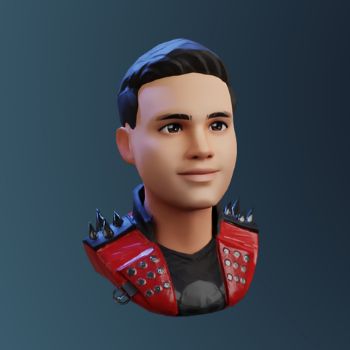2,170 reads
Get Started Building your First MERN Application - Step by Step
by
September 5th, 2022
Audio Presented by

Web developer, technical writer and OSS contributor. I write about web development, technologies and my learnings.
About Author
Web developer, technical writer and OSS contributor. I write about web development, technologies and my learnings.